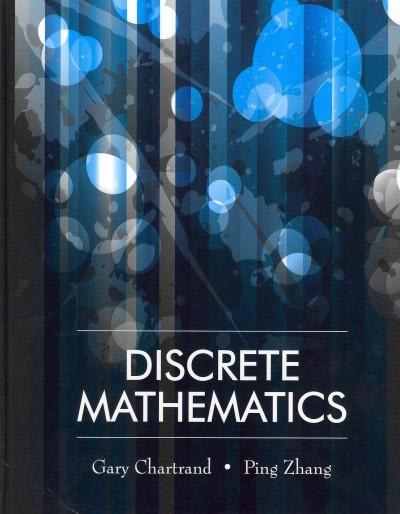


Explain your overall performance in the two blocks of trials. Decide which block was the best and explain how you used the different error measures to come to this conclusion.
Block 2: Self-Generated Start Cue Trial Trial time (ms) Target (ms) T - Target (T - Target) ( T - X ) 2130 2000 130 130 17424 2250 2000 250 250 63504 2140 2000 140 140 20164 2300 2000 300 300 91204 1600 2000 400 -400 158404 1280 2000 720 -720 51524 2150 2000 150 150 23 104 1890 2000 110 -110 11664 9 1810 2000 190 -190 35344 10 2430 2000 430 430 186624 SUM ( ) ) - 19980 SUM ( )) = 2820 -20 658960 N= 10 Absolute Error = 282 X = 1998 Constant Error = -2 Variable Error 256.70 RMSE = 335.11Lab Activity In this lab, you'll examine the performance outcome of estimating a 2000 ms (2 second) time interval in two separate conditions: 1) by reacting to an externally generated start cue and 2) by reacting to a self-generated start cue. You will perform 10 trials of each condition. The experiment will be performed using the "Error Calculation" lab from the "MotorLab" program (https://motorlab.ca/). At the end of the trials, your reaction time will be reported in a data file in milliseconds (1/1000th of a second) as well as an average reaction time at the bottom of the set of data. Four main outcome measures (AE, CE, VE and RMSE) will be examined and used to evaluate the performance outcome of the task.Introduction There are two general categories of performance measurement that are used in motor learning to quantify skill performance. These are performance outcome measures and performance production measures. Performance outcome measures relate to the actual outcome of the skill (e.g., sprint times, golf scores, jumping distance or height), while performance production measures relate to the physical performance characteristics (typically biomechanical variables such as position/range of motion, velocity, etc.), that quantify limb, joint and/or body movement that "produced" the outcome. These two categories of motor performance assessment are presented in Table 2.1 of the text. For more detailed information on the measurement of motor performance refer to Chapter 2 in the text. Measures of Error An important performance outcome measure is error. Errors can be used to quantify motor skill performance and provide information about consistency and bias (i.e., repeated errors). Errors are measured relative to some target (criterion) or reference point, and differ according to how the measurement is made. The standard measures of error are; 1) the absolute error, 2) the constant error, 3) the variable error and the 4) root mean square error (RMSE). The formulae and definitions for each error measure are described as follows:Block 1: External Start Cue Trial Trial time (ms) Target (ms) T - Target (T - Target) ( T - X ) 2 1850 2000 150 -150 40401 2 1640 2000 360 -360 168921 2130 2000 130 130 6241 2190 2000 190 190 19321 2130 2000 130 130 6241 2100 2000 100 100 2401 1680 2000 320 -320 137641 2550 2000 550 650 249001 1880 2000 120 120 29241 10 2360 2000 360 360 95481 SUM ( ) ) = 20510 SUM ( ) ) = 2410 510 754890 10 Absolute Error = 241 X = 2051 Constant Error 51 Variable Error = 274.75 RMSE - 279.43













